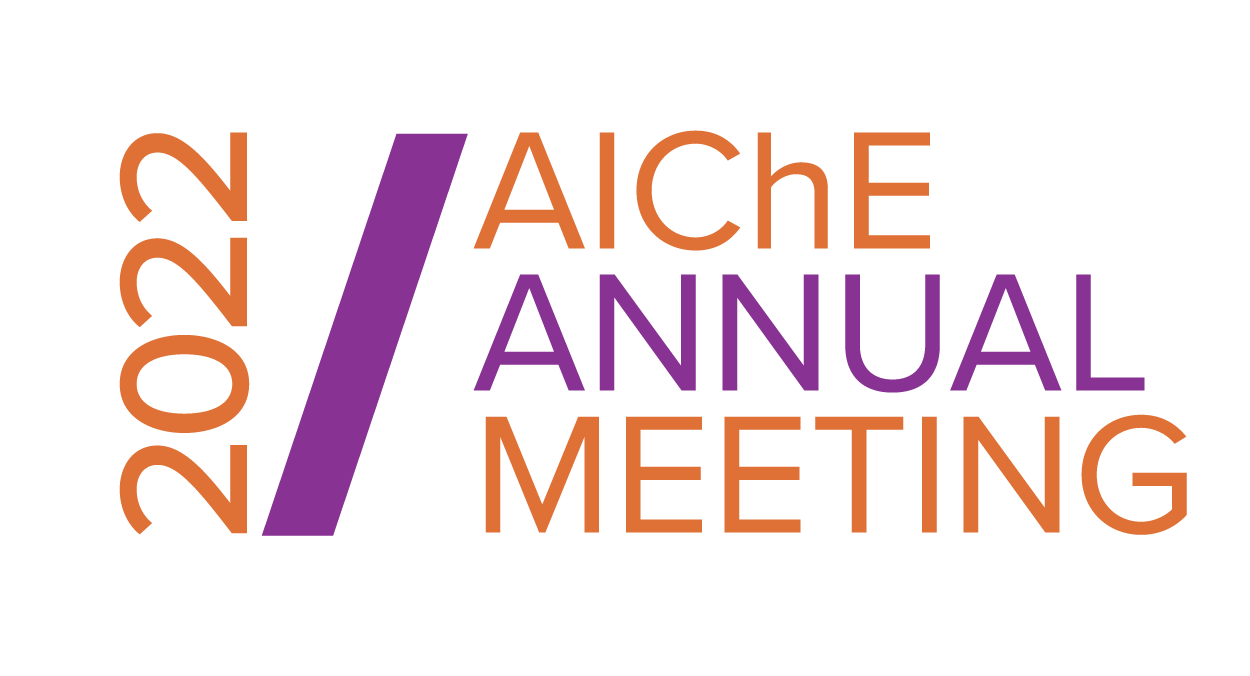

In the second effort, we demonstrate the design of all-printed stretchable corneal sensor built on commercially-available disposable soft contact lenses that can intimately and non-invasively interface with the corneal surface of human eyes. This is critical as electroretinogram (ERG) examinations serve as routine clinical procedures in ophthalmology for the diagnosis and management of many ocular diseases. However, the rigid form factor of current corneal sensors produces a mismatch with the soft, curvilinear, and exceptionally-sensitive human cornea, which typically requires the use of topical anesthesia and a speculum for pain management and safety. On the other hand, our poly(3,4-ethylenedioxythiophene)-based (PEDOT-based) corneal sensor is integrated with soft contact lenses via an electrochemical anchoring mechanism in a seamless manner that ensures its mechanical and chemical reliability. Thus, the resulting device enables the high-fidelity recording of full-field ERG signals in human eyes without the need of topical anesthesia or a speculum. The device, superior to clinical standards in terms of signal quality and comfortability, is expected to address unmet clinical needs in the field of ocular electrodiagnosis. Moreover, we modified the general design of the sensor such that a new iteration serves as a means by which to measure interocular pressure. We did this because continuous monitoring of intraocular pressure remains a challenge in glaucoma care, especially during sleep. Specifically, we introduced an intrinsically soft and stretchable ocular tonometer built on a commercial overnight-wearable soft contact lens. The resulting ocular tonometer, or contact lens sensor, fits seamlessly across different corneal curvatures and thicknesses in human eyes and is capable of wirelessly capturing absolute intraocular pressure levels without iterative calibrations. We validated the biocompatibility, wireless sensing capability, on-eye safety, and 24-hour monitoring reliability of the contact lens sensor in human corneal cells in vitro, pig eyes ex vivo, and rabbit and dog eyes in vivo, respectively. We also showed the continuous monitoring of ambulatory intraocular pressure in human eyes under normal and ocular hypertension conditions to confirm the measurement accuracy, within-subject repeatability, and user comfort of the contact lens sensor beyond current state-of-the-art wearable ocular tonometers. We envision that the new contact lens sensor become the gold standard in managing glaucoma and ocular hypertension, especially as telehealth treatments continue to rise. In this way, we aim to have this talk describe two key areas where polymeric materials can improve sensors that will allow for enhanced human health.
